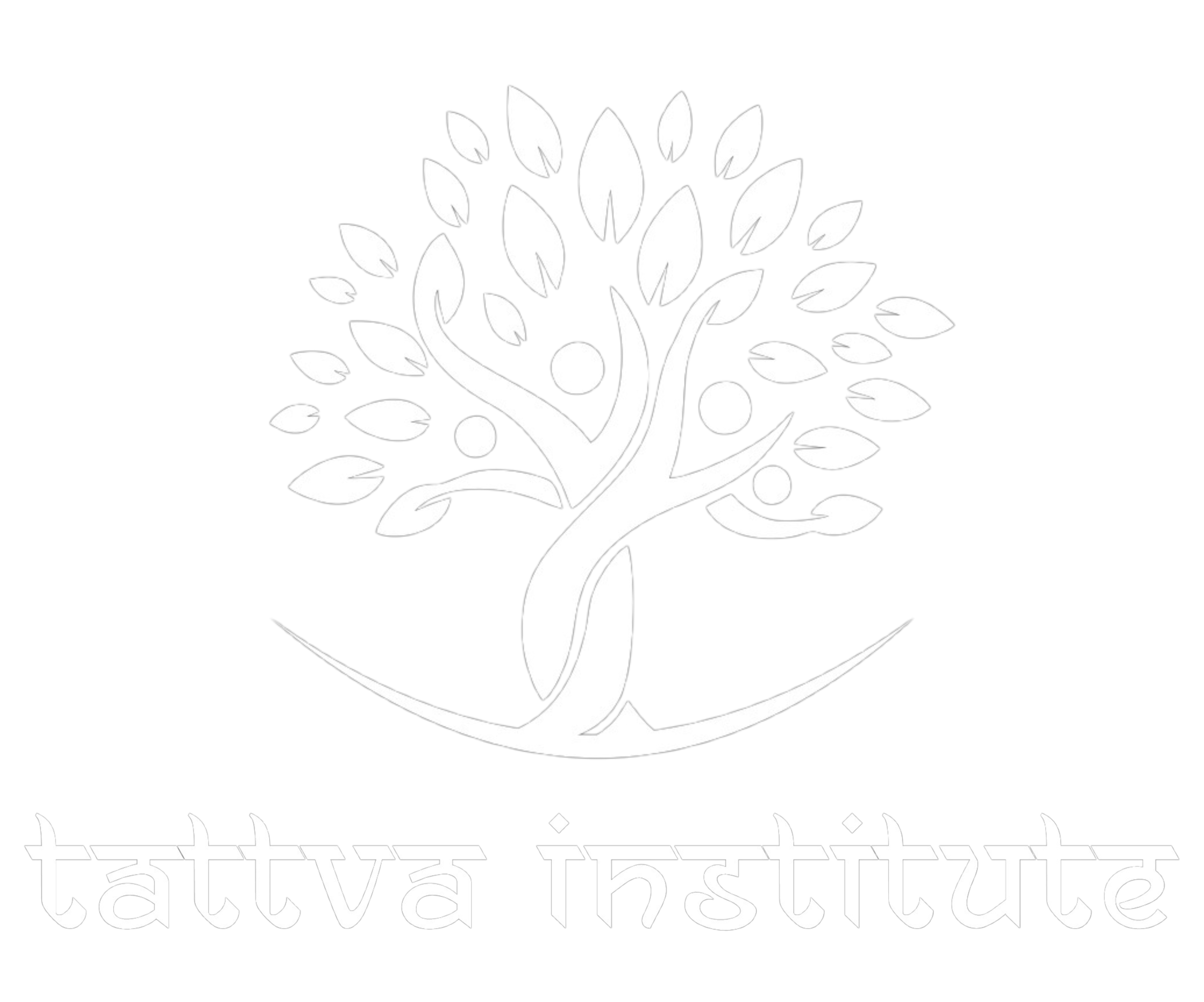Mindfulness meditation has gained recognition among business leaders for its numerous advantages, backed by empirical research. Executives and professionals are using meditation to manage stress, improve focus, enhance cognitive abilities, develop emotional intelligence, and foster better relationships. Mindfulness programs are increasingly offered in workplaces to promote these benefits. However, to maximize the advantages and avoid potential risks, voluntary and proactive engagement from workers is crucial.
While mindfulness meditation has been offered as a standalone practice in workplaces, it has not yet been fully integrated into leadership development programs and executive coaching. Leadership development programs can help emerging leaders identify and overcome their limiting beliefs, behavior patterns, and interpersonal challenges, while developing new skill sets such as strategic thinking and motivation. Similarly, executive coaching assists individuals in developing essential skills for managing teams, effective communication, strategic planning, and implementing action plans.
However, many executive coaches and leadership development specialists are not experts in mindfulness strategies, leading to missed opportunities. By closely collaborating with mindfulness specialists, executive coaches can help clients identify core challenges and address them synergistically. The executive coach can engage in dialogue about how mindfulness strategies support leadership development and executive functioning, while the mindfulness specialist can tailor meditation techniques to align with executive leadership goals.
In an integrative and bidirectional model of executive coaching and mindfulness coaching, the two processes reinforce each other and enhance quality of life, work performance, and leadership capacity. Maintaining a healthy dialogue between the executive coach and mindfulness specialist is crucial for success. Achieving a relaxed state through meditation enables clients to work on mindset changes during executive coaching, while relevant thoughts during meditation inform the coaching process. In some cases, joint sessions with both coaches and the client ensure alignment of goals and strategies.
An example is given of a client named Steven, an executive in the tech industry who experienced increased anxiety and work-related worries. The coaching aimed to transform his mindset from focusing on problems to seeing challenges and opportunities. By incorporating cognitive reframing not only during coaching sessions but also during meditation and yoga, Steven deepened his capacity for positive self-perception. Information from meditation sessions, such as concerns about his office setup and work schedule, enriched the coaching process by identifying concrete tasks to pursue.
The benefits of a relaxed body state for coaching clients are significant. Steven’s expanded self-awareness of his breathing and body state made him more grounded, focused, and capable of making changes. Deep breathing and somatic relaxation moderated his cognitive intensity, empowering him to transform stressful thoughts rather than being overwhelmed. This success in achieving coaching goals allowed him to embrace new leadership challenges and growth opportunities.
The synergy between executive coaching and mindfulness meditation is evident. Meditation helps clients attain clarity regarding work-related stressors and goals, while positive mindset and behavior changes from coaching facilitate a meditative state. By carefully integrating executive coaching and mindfulness strategies, clients can become more self-aware, grounded, emotionally intelligent, and effective leaders. Collaborations between executive coaches, leadership trainers, and mindfulness specialists can offer a powerful partnership for an enhanced client experience. Instead of leaving mindfulness meditation engagement to chance, executive coaches should consider partnering with qualified mindfulness colleagues for a coordinated approach that yields superior outcomes.



